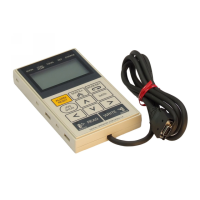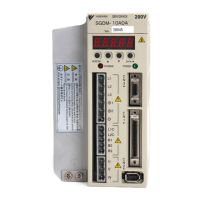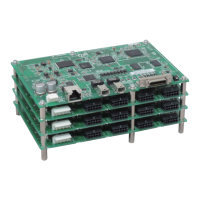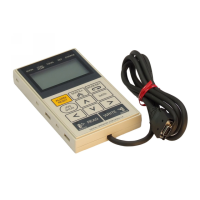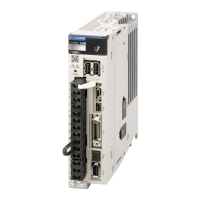5.3 Sequence I/O Signals
5.3.5 Setting I/O Signal Status with Parameters
5-22
Example of Changing Output Signal Allocations
The following example shows reversing the /POUT0 signal allocated to CN1-20 and the
/POUT1 signal allocated to CN1-21.
Refer to the following section for the parameter setting procedure.
5.1.3 Parameter Setting Methods on page 5-5
Checking Output Signal Status
You can confirm the status of output signals on the I/O signal monitor. Refer to the following
section for information on the I/O signal monitor.
9.2.3 I/O Signal Monitor on page 9-5
5.3.5
Setting I/O Signal Status with Parameters
You can use the n.X digit in the parameters to change the signal polarities, make the sig-
nals always active or always inactive, or to make other settings. Refer to the following section
for details.
11.1.2 List of Parameters on page 11-2
PnBC1 = n.
10
PnBC2 = n.
20 Before change
↓↓
PnBC1 = n.
20
PnBC2 = n.
10
After change
An example of changing the signal polarity of the /SEL0 (Program Step Selection Input 0) sig-
nal and other examples are given below.
• Reversing Signal Polarity
PnBA7 = n.0 → PnBA7 = n.1
• Making a Signal Always Active
PnBA7 = n.0 → PnBA7 = n.2
• Making a Signal Always Inactive
PnBA7 = n.0 → PnBA7 = n.3
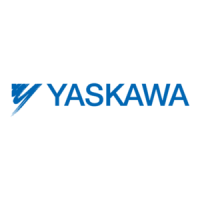
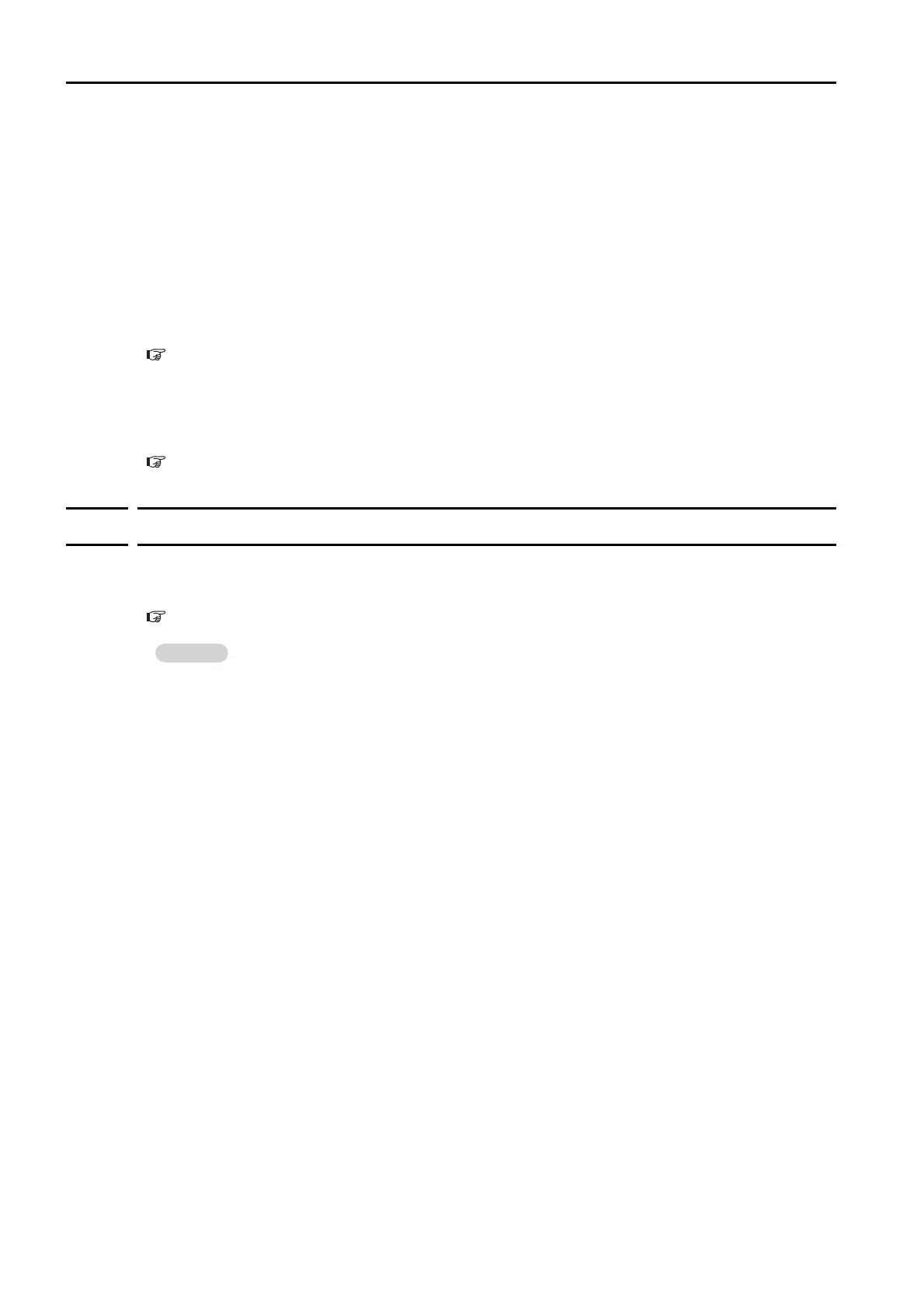